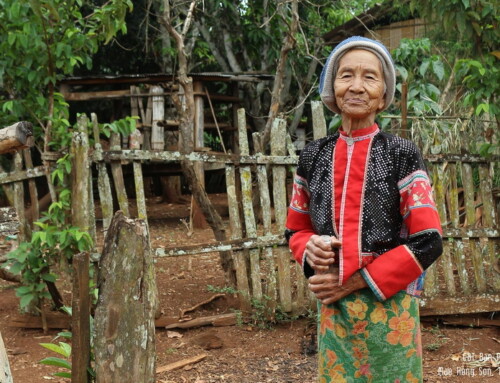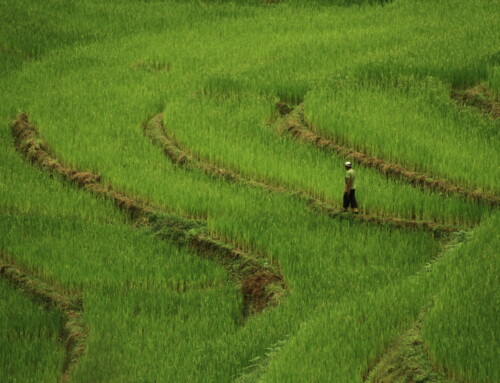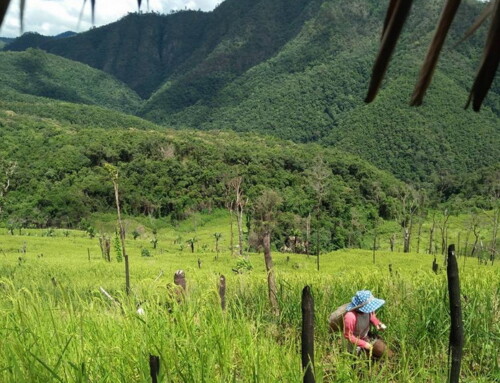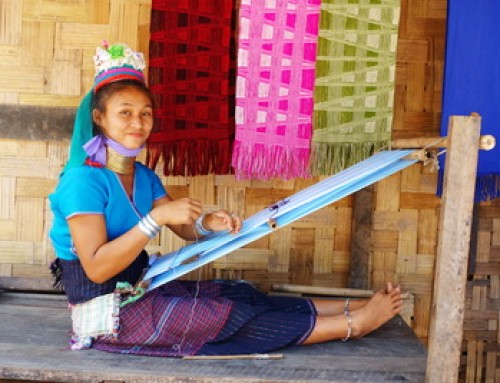Kaew Komol Cave – Thailand’s Rare Crystal Wonderland

Kaew Komol Cave is the only one calcite cave in Southeast Asia.
Deep within the peaceful mountains of Mae La Noi, in Mae Hong Son Province, lies one of Southeast Asia’s most remarkable natural treasures — Kaew Komol Cave, also known as the Calcite Crystal Cave. Famous for its glittering white calcite formations, this geological marvel is the only calcite crystal cave in Southeast Asia and one of just three in the entire world, alongside those in Australia and China.
Discovered only in the early 1990s, the cave remains pristine, with untouched crystal speleothems that shimmer under soft lighting. For both geologists and travelers, Kaew Komol Cave offers a rare opportunity to witness a natural wonder that feels like stepping into a frozen palace of light.
Geology and Structure
Kaew Komon Cave is a 30-meter-deep vertical pothole cave with a single entrance and exit. Visitors descend via a 120-meter stairway into the crystal-lined chambers. To protect the fragile environment, only a small section is accessible to the public.
The cave’s calcite crystals, formed over thousands of years, appear in shapes reminiscent of snowflakes, coral, and delicate draperies. Many are perfectly preserved, untouched by weathering or human interference.


Discovery and Preservation
The story of Kaew Komol Cave began in 1993 when a mining engineer, while conducting a fluorite exploration survey, stumbled upon a hidden cavity in an uncharted area. Inside, he found chambers lined with rare calcite crystal formations in flawless condition.
Recognizing its value, the Department of Mineral Resources acted quickly to protect the site. By 1995, it was designated as Tham Kaeo Komon Forest Park under the National Park Department. Essential conservation measures were put in place — steel supports to stabilize the cave roof, a carefully designed concrete walkway, and electric lighting — all engineered to minimize human impact.
On 19 February 2001, Her Majesty Queen Sirikit visited what was then called Mae La Noi Cave. Deeply impressed, she bestowed the current name “Kaew Komon Cave” and personally named each of its five chambers.
The Five Royal-Named Chambers
The cave consists of five distinct chambers arranged along a steep gradient, each with unique features:

The first cave is “Pra Taitarn Room”. Named for formations resembling cascading water frozen in time, creating a natural stone waterfall effect.

The second is “Wimanmek Room”. Its ceiling is adorned with mineral deposits shaped like soft, drifting clouds.

The third is “Shek Himmaparn Room”. Located about 50 meters from the previous chambers, this space features striking stalagmites and flowstone. Its beauty reminded the Queen of mythical landscapes from Thai literature.

The fourth is “Maan Pa Kaew”. There is a lot of crystallized glass, which look like curtains inside the cave.Filled with crystallized formations resembling delicate glass curtains, shimmering under the cave lights.

The fifth cavern is “Predpraew Manee Buppha”, The deepest and most breathtaking chamber, where pure white crystals blanket every surface, evoking a snow-covered fairyland. These formations are the most fragile and most highly protected in the cave.

Visiting Guidelines
Due to its delicate ecosystem, Kaew Komol Cave enforces strict conservation rules:
- Maximum 20 visitors per session, each visit lasting no more than 20 minutes.
- No photography inside, especially with flash, to prevent light damage to the crystals.
- No touching the formations — human skin oils can permanently stain or alter their growth.
- Large bags, hats, and jackets are prohibited inside to avoid accidental contact.
Best Time to Visit
The ideal season is December to February when the cave interior is completely dry, enhancing crystal clarity. As the cave is deep underground with limited ventilation, visitors should be in good health. Those with respiratory or mobility issues should consult park officers before entry.


Why It’s Special
Tham Kaew Komon is more than a sightseeing stop — it’s a rare geological museum created by nature, preserved almost exactly as it was discovered. Its limited accessibility and rigorous conservation ensure that future generations can enjoy its pristine beauty.
Travel Information
- Location: Mae La Noi District, Mae Hong Son Province, Thailand
- Access: From Mae Sariang or Chiang Mai, take Highway 108 to Mae La Noi, then follow the 5 km access road to the park’s ticket office. Transportation to the cave entrance is included with your ticket.
- Entrance Fees: Thai adults 40 THB, Thai children 20 THB, foreigners 80 THB.
- Facilities: Guided tours, concrete walkways, safety railings, and lighting inside the cave; basic refreshments available near the entrance.
Our services :
- Package tour to Pai – Mae Hong Son (Private group)
Keaw Komol Cave Map












Leave A Comment